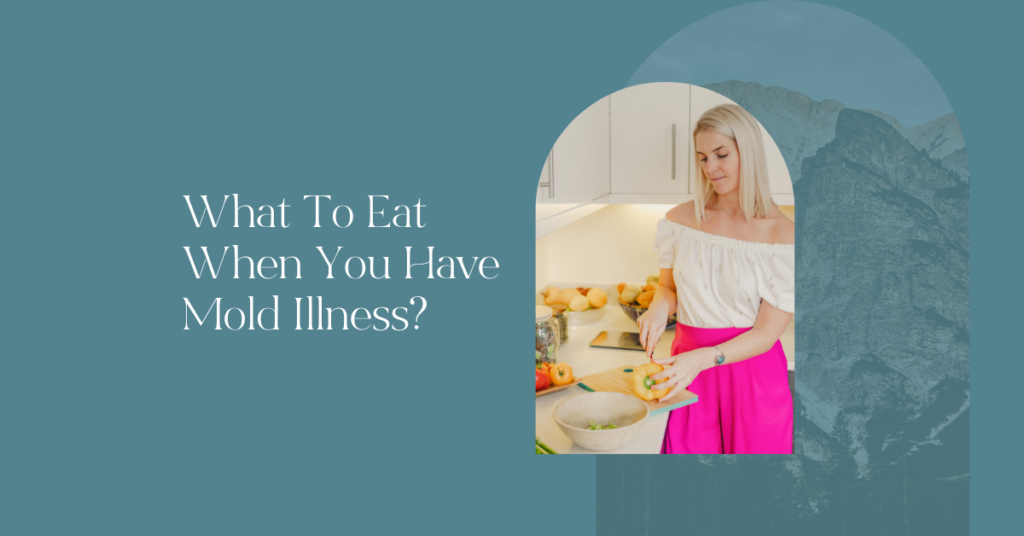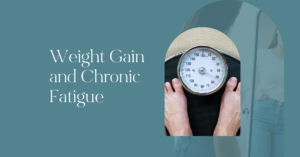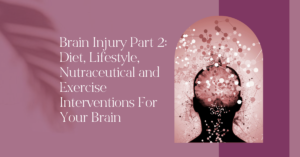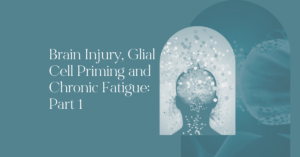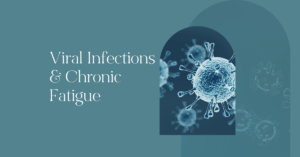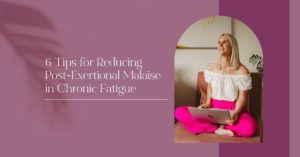When working on mold detoxification you want to do the best job you can at making the body an “unfriendly” environment for mold to inhabit. This means you don’t want to fuel it with your dietary choices;
The tops tier of foods to avoid would be:
- Sweets and refined sugars
- Dried fruits
- Bread and yeast
- Simple and processed carbohydrates
- Mushrooms
- Corn
- Potatoes
- Pickles and pickled food, including fermented food
- Vinegar
- Soy sauce
- Melons
- Grapes
- Aged or Moldy Cheese
- Peanuts or peanut butter
Beverages:
- Sweetened drinks
- Fruit Juice
- Moldy Coffee (there are some low/no mycotoxin brands such as exhale or lean caffeine)
- Alcoholic beverages
- Fermented beverages e.g. kombucha and cider
Depending on the person, a more strict approach may be required and this might include complete avoidance of grains and carbohydrates generally e.g. a more ketogenic approach.
Generally speaking here are some dietary guidelines to follow:
- High Fat; avocado, olive oil, nuts and seeds, oily fish, coconut milk and oil., butter or ghee. Avoid peanut butter.
- Moderate protein; pea protein powder, quality grass-fed animal protein, eggs, fish and seafood. Watch out for processed meats and proteins e.g. protein bars
- High Fibre; all low carb vegetables (i.e. non-starchy veg)
- Limited fruit intake; maximum one portion of berries
- Limited carbohydrate; maximum 1 portion of grain free carbohydrate e.g. sweet potato, butternut squash, beetroot, carrot
- Avoid all refined sugars and alcoholic beverages; you can use a small amount of stevia and dark chocolate if you need a treat (Hu Chocolate is a low mycotoxin brand)
Consume Liver Supportive Foods
- Beetroot, artichoke, asparagus, radish
- Broccoli and brussels sprouts
- Tomatoes
- Cabbage
- Celery and cucumber
- Bitter greens
- Turmeric
- Parsley
- Garlic
- Onions
- Chives
- Leeks
- Clove
- Rosemary
- Cumin
- Sage
- Thyme
- Oregano
- Basil
- Bay Leaf
Do you need to follow a low histamine diet?
Mold illness can also be associated with Mast Cell Activation Syndrome (MCAS). MCAS is a label given to individuals who experience an unregulated release of chemical mediators (cytokines, interleukins, prostaglandins and histamines) which produces a remarkable multitude of symptoms. Histamine specifically is an immune signalling protein that causes allergies and swelling. It affects many different organ tissues in the body, and therefore it is not always immediately obvious that symptoms are histamine driven. This makes MCAS difficult to recognise and address.
Some symptoms of high histamine can include:
- Known histamine intolerance
- Feeling better when taking anti-histamines
- Family of allergy or allergic reactions
- Anxiety
- Chest tightness and pain
- Asthma
- Eczema, rosacea, dermatitis, psoriasis, rashes, redness and itchy skin
- Irritable bowel; diarrhoea, nausea, vomiting, bloating
- Food intolerances
- Foggy Brain
- Fatigue
- Sneezing
- Running nose
- Sensitivity to light
- Migraines and headaches
- Post Exertional Malaise
- Insomnia
- Symptoms worse around ovulation in women
- Symptoms worse in second half of the menstrual cycle in women
A low histamine diet can, in some, but not all cases, be supportive in mold illness. In certain cases I would suggest clients do a 2 week trial of a low-histamine diet to see whether or not they experience the benefits. Some of my clients thrive on a low-histamine diet while others notice no benefit.
A low histamine diet can be quite challenging for some, you can find out all the details here. But the top foods to avoid are:
- Fermented foods, pickle and vinegar
- Cured or processed meats, cold cuts, sausages etc.
- All fish unless absolutely fresh
- Matured or moldy cheeses
- Spinach, tomatoes, eggplants, avocados
- Strawberries, raspberries, lemons, oranges and other citrus fruits, banana, pineapple, kiwi, pears, papaya, guava
- Nuts (especially cashews and walnuts)
- Chocolate
- Alcoholic beverages
- Left-over foods
Conclusion
Dietary change is one part of a mold illness management strategy but it is not a complete strategy. Further consideration must be given to:
- Supporting detoxification and drainage pathways.
- Consider the use of binders to help carry toxins out of your body. Binders are best introduced when the drainage pathways are working well.
- Antimicrobial herbs to kill mold spores that may be colonised in the body.
- Rebooting and rebalancing body systems that may have been impacted by mold e.g. hormones, nervous system, mitochondria and nutrient deficiencies.
Recovering from Mold Illness is possible but it can be a challenging process. If you have been working on a recovery plan but you don’t feel like you are getting the traction that you’d hoped for, I would love to help. You can explore your options for working together here.

